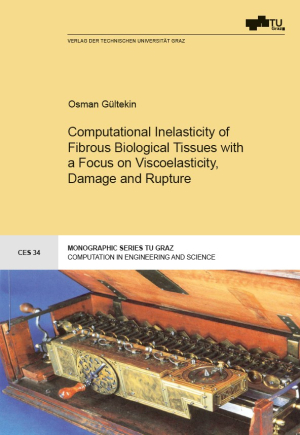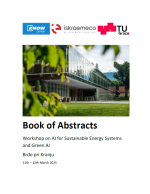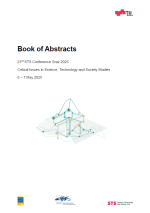The subsequent chapters deliver a dissemination of the extensive efforts to model the inelastic mechanical response occurring in human cardiovascular tissue, such as viscoelasticity, damage and rupture associated with the human myocardial and arterial wall under hemodynamic loads. The first three contributions aim at developing a computational framework capable of handling the anisotropic fracture. To this end, an anisotropic crack phase–field approach is blended with a novel energy-based anisotropic criterion. An anisotropic crack surface density function is introduced within the context of fibrous tissue modeling which orients the crack propagation parallel to the direction of fibers. Also addressed is an orthotropic viscoelastic model for the human passive myocardium is presented which captures the strong hystereses and stress relaxation behavior observed upon the biaxial extension and tri-axial shear experiments on human test specimens. Of equal importance is the accuracy of the computational models mimicking the quasi-incompressible behavior of soft biological tissues under mechanical loading which is covered in a systematic way in the final study.
Issue: paperback
ISBN: 978-3-85125-655-0
Scope: 207 pages
Language: Englisch
Release date: April 2019
Series: Monographic Series TU Graz / Computation in Engineering and Science, Issue 34
€ 32.00 € 5.00
The subsequent chapters deliver a dissemination of the extensive efforts to model the inelastic mechanical response occurring in human cardiovascular tissue, such as viscoelasticity, damage and rupture associated with the human myocardial and arterial wall under hemodynamic loads. The first three contributions aim at developing a computational framework capable of handling the anisotropic fracture. To this end, an anisotropic crack phase–field approach is blended with a novel energy-based anisotropic criterion. An anisotropic crack surface density function is introduced within the context of fibrous tissue modeling which orients the crack propagation parallel to the direction of fibers. Also addressed is an orthotropic viscoelastic model for the human passive myocardium is presented which captures the strong hystereses and stress relaxation behavior observed upon the biaxial extension and tri-axial shear experiments on human test specimens. Of equal importance is the accuracy of the computational models mimicking the quasi-incompressible behavior of soft biological tissues under mechanical loading which is covered in a systematic way in the final study.







